This week, we’re focussing on Gunnnur Martinsdóttir Schlüter’s 5-minute short FÁR, which tells the story of a woman’s dilemma when a bird hits the window of the cafe she is in. The film’s icy aesthetic was inspired by the German-Icelandic director’s hometown Reykjavik.
FÁR, which appears on T-Port courtesy of our partners at Salaud Morisset, was selected for this year’s T-Port Lighthouse Selections by guest curator Laurence Boyce. Professional subscribers can watch the full film on T-Port.
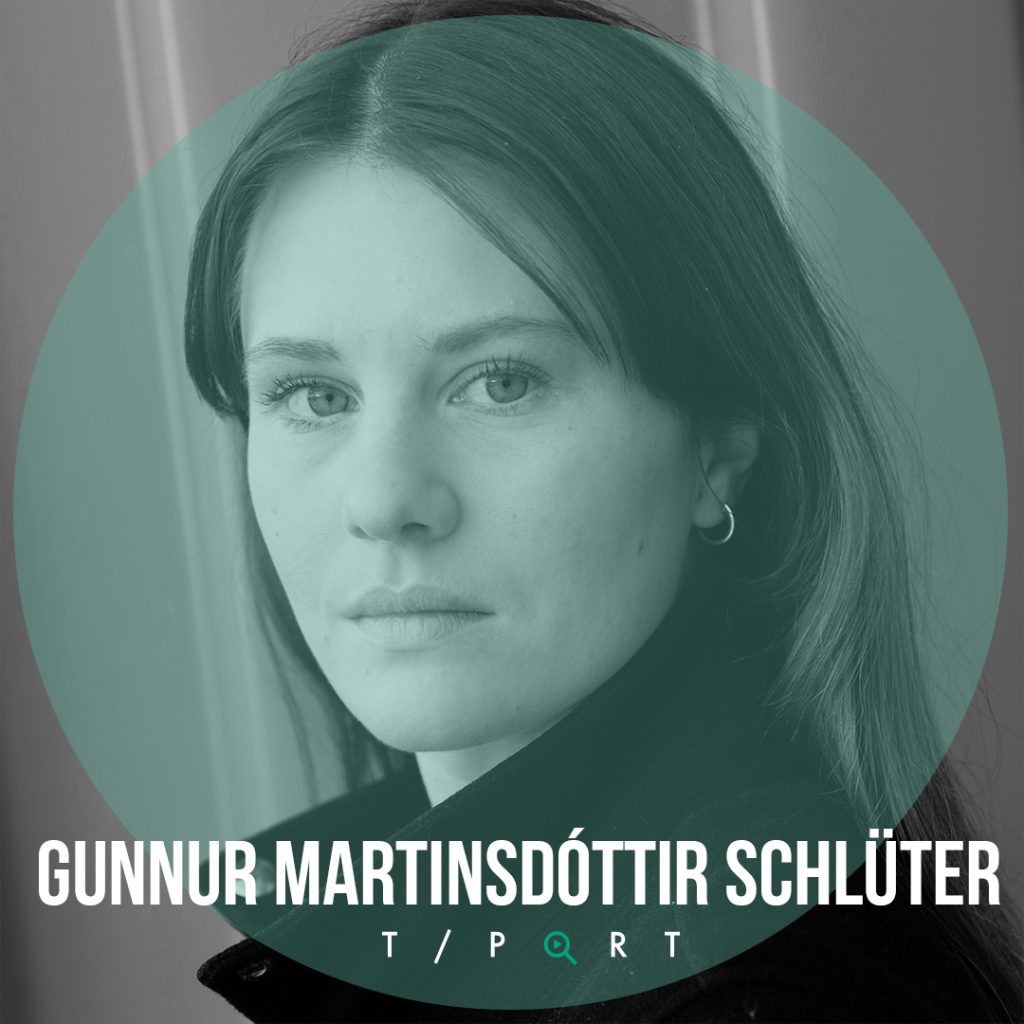
Hi Gunnur! Would you please introduce yourself in a line or two?
Hi, my name is Gunnur, I’m an Icelandic-German director and actress. I like funny absurd situations and fresh air.
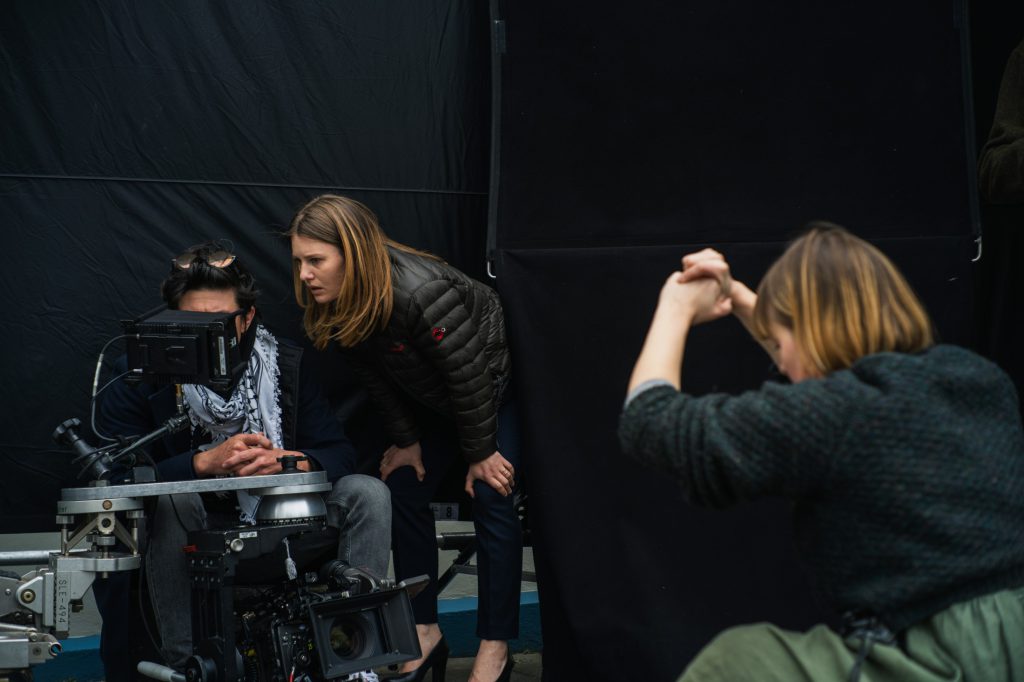
What did it feel like to find out your film had made the T-Port Lighthouse Selections? How did you react?
I was very happy and honoured.
What does making the selection mean to you and your journey as a filmmaker?
It gives my voice and thoughts a bigger audience which I’m very thankful for. I hope the audience can take something from it.
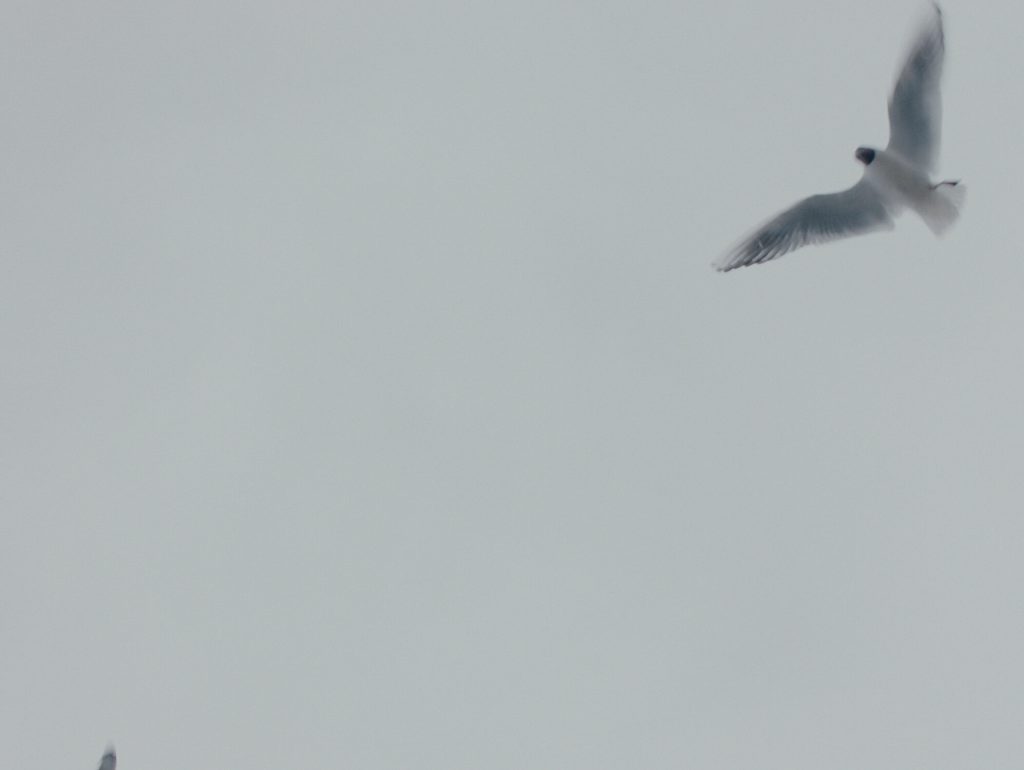
What was the inspiration behind your film?
One scene in the film is based on a real event – I was strolling through a big city, when a bird hit a window I passed. How people around reacted to that, let me think a lot. I related that incident to my surroundings and society and somehow the story came to me.
How was the filmmaking process for you? Can you tell us about how you went about the production process?
Yes, I contacted my friend Sara who is a producer and met her over a coffee and told her about the idea. She liked it and asked her colleague Rúnar if he would like to co-produce the film with her. We got funding from the Icelandic Film Institution, who covered part of the production.
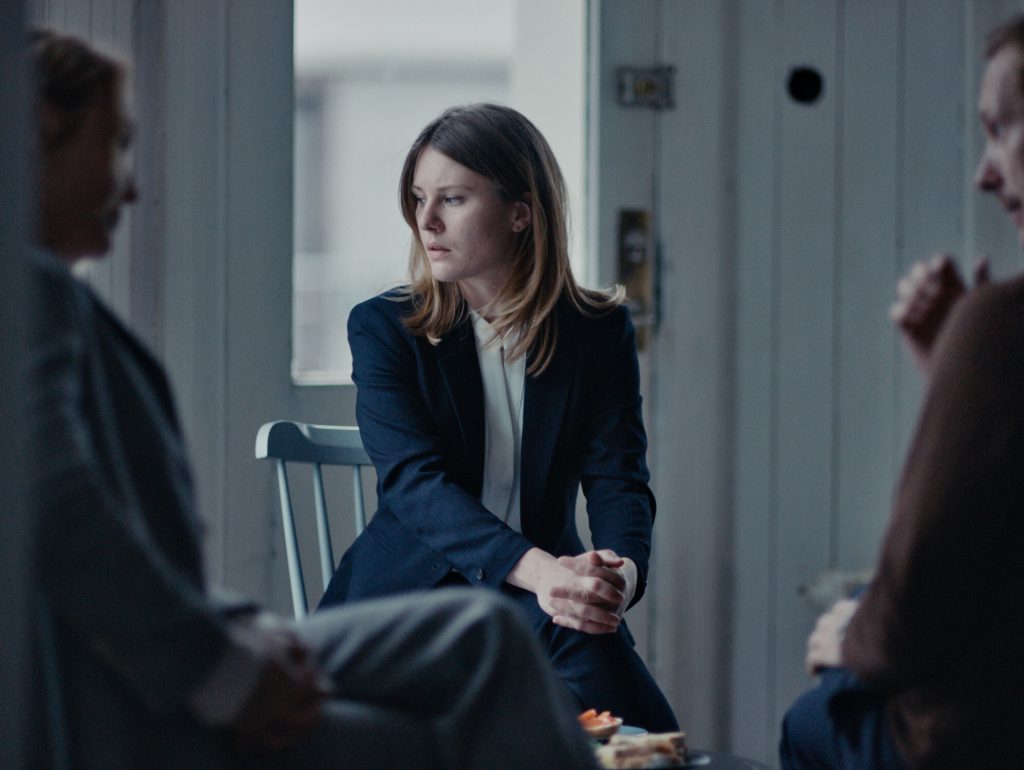
Having been through the process of making your short – what do you wish you had known in advance?
I got to know the industry deeper and better through this short. How things work “behind the scenes” – how much teamwork, communication and money is involved and how everyone has an opinion on everything. I wished I would have known in advance that I could trust my gut, and enjoy the journey more.
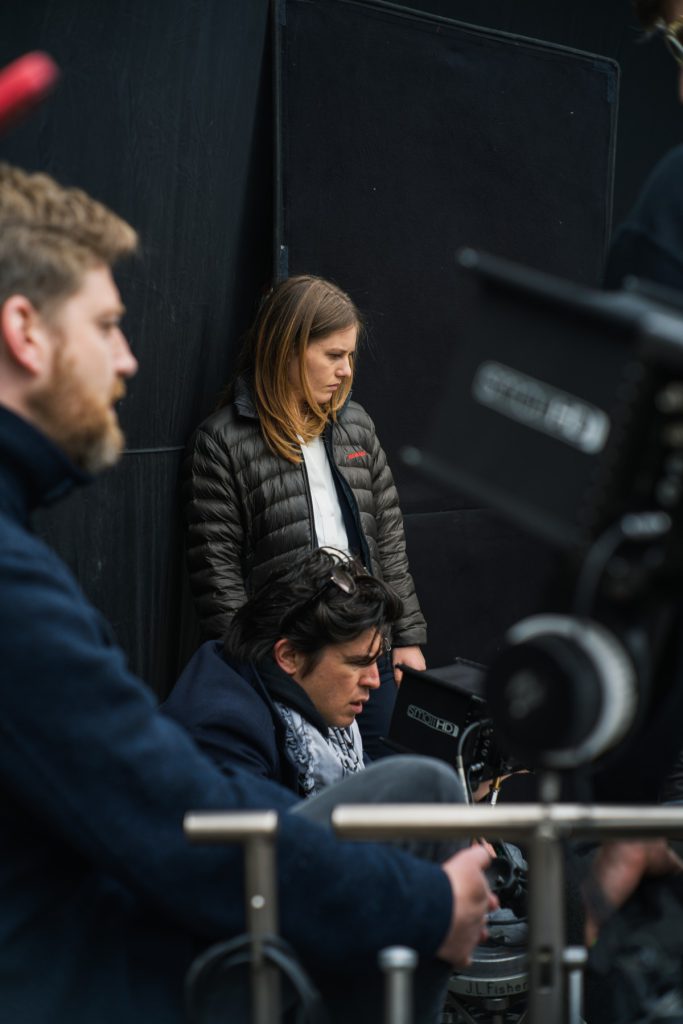
What were the biggest challenges you encountered during making your film? What did you learn from them?
I both directed and acted in that movie, that was quite a challenge, but I managed with my good team. Also, how the scene with the bird hitting the window had to be created on set was a challenge. We started working that on set and then we VFX it later.
Tell us about the visual choices in your film. What were your main goals and techniques in creating the visual style of your film?
I got inspired from cold, blue Reykjavík – my hometown, which lies by the sea. The view out to the sea has a wide horizon and the sky and the sea sometimes mirror each other.
Reykjavík can be cool, that’s where I got my colour tone from. I also thought a lot about glass as a material, and buildings made out of glass. It’s transparent but at the same time a very hard material and it can trick. It also mirrors the surroundings and gives distorted images of what’s around.
What would you like people to take away from your film?
I think this may be a film you have to watch twice – someone compared it with a Japanese haiku: it’s very short and it’s a moment which passes by quite fast. I would say it touches many themes connected to existence, disconnection to nature and our society today.
Although those are all very serious themes, I think I would like the audience to take away how absurd and funny and unexpected life can be.
Did you have a specific strategy for promoting your film? If so, please tell us about it.
No, just posting announcements on my personal Instagram and Facebook, and being happy getting some likes from aunts, uncles and friends.
What did you find (or still find) as especially lacking in the process of distributing and promoting your film? What was especially challenging?
For me self promoting something I’ve made always feels a bit strange, but I have the feeling everyone is doing it, so I’m getting more used to it. I think it’s a shame short movies do not get a better platform in the cinemas, I think it would be great if cinemas would regularly show short movies.
What do feel young film talents lack the most today, after graduating from film school? Where are the gaps in the film industry?
I studied theatre directing and not film directing. I’m still taking little steps to get to know the film industry better, so I can’t answer this at the moment. I’m just extremely happy the Icelandic Film Association does fund short movies. After film school you have the stamp to be a professional, but still, it could be hard to do a feature straight away. Both because of money and you might not be ready yet. Having the possibility to still do shorts is good.
What’s next?
Searching, writing, writing, searching.
If you are a film industry professional and would like access to the catalogue and more, find out here how to sign up.
Filmmaker? Upload your short film to T-Port or sign up for our newsletter to get regular updates on the current trends and exciting innovations in the short film universe.
